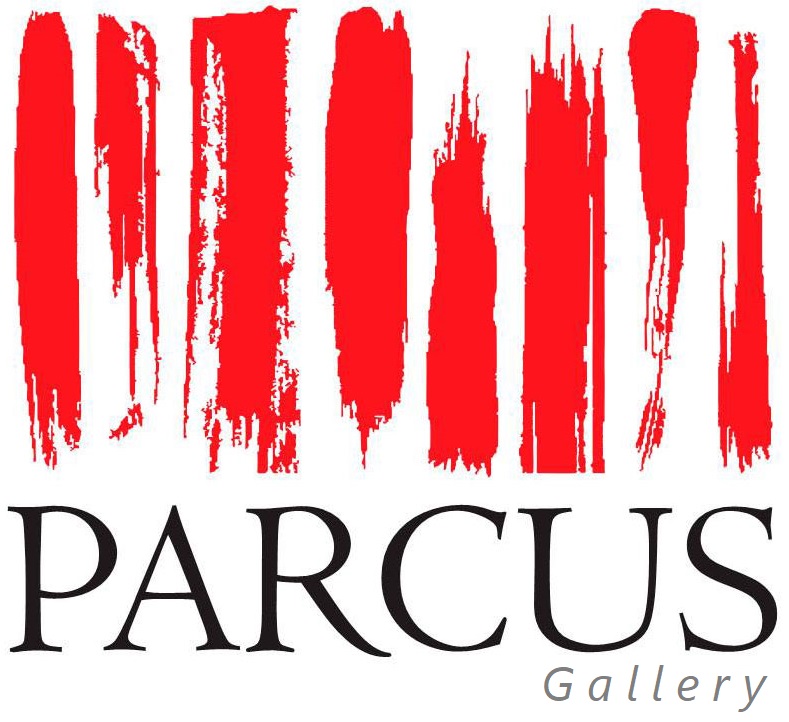Fabio Tamburi
I was born in 1981 in a mountainous area of Calabria, far from the chaos of the city and the cultural / artistic opportunities that the city can offer.
Despite this, already in kindergarten I showed a certain familiarity with drawing and considering that in my home no one was interested in art, who knows where and how I acquired this passion. Perhaps this is precisely the true mystery of art.
With ups and downs I cultivated this passion until middle school, then against the opinion of all the people closest to me I enrolled in the Art Institute with specialization in woodworking and there I discovered the ancient art of ‘ inlay. After graduating, I enrolled in the painting course at the Academy of Fine Arts in Rome, which I never finished.
I therefore started working with great satisfaction in a restoration workshop and other artistic disciplines in the country where I grew up, but I had almost removed the art of inlay from my head, indeed I was sure it was a dead art technique.
After many years, when the internet began to forcefully enter all our homes, I discovered by pure chance the site of an inlay shop in central Italy. I was struck by the incredible beauty of some inlays made by an 80 year old gentleman.
At that moment my head immediately returned to the high school lab. That day the flame of passion was ignited again.
I took all the carpentry books and started studying the art of marquetry. During the day I didn’t think of anything else.
After a few days I took the train and went to visit the laboratory of this elderly man who had become a myth for me. I wanted to meet him many and many more times, but that was the first and last time because after a few months he died.
Later I was able to travel and so I was able to visit the greatest inlay masterpieces in Italy and abroad, such as Federico da Montefeltro’s study at the Metropolitan in New York, which really impressed me.
After this “crash course in inlay culture” I wanted to see if I was still able (after more than 10 years) to create something beautiful. The goal I had set myself was to achieve the hyperrealism of the old master’s inlays. The first job I did was quite complicated; some books, a vase with a flower, all placed on an inlaid table. So an inlay inlay!
The result was very good and so I immediately understood that it was worth continuing.
I have been creating hyper-realistic compositions for some time; then at a certain point I thought that the art of inlay had lost interest compared to the past because the inlayers all made the same things, or rather the predominant figures were the classic ones.
I couldn’t stand this anymore and therefore I abandoned the hyper-realistic compositions. I was interested in doing something new. First I started creating 2D and 3D figures, and then further breaking down the figures into many small polygons. Currently I love to create abstract compositions and portraits with this technique. The transition from hyper-realistic to low-poly compositions was by no means abrupt. Try putting a piece of your skin in a microscope, you will notice that we too are a great work in low poly art.
I currently divide my time between restoration and inlay.
For about 3 years I have begun to exhibit my works also in the rest of Italy.
Maybe one day I’ll be able to cross the Alps, who knows …
About my technique:
After conceiving the figure I want to make, first I make the drawing and then with carbon paper I transfer it to a thin half-millimeter sheet of veneer. I choose the wood essences I want to use well and then with a cutter I begin to remove the original wood and replace it with another blocking it temporarily with adhesive tape. This process must be repeated until the mosaic is complete. Some jobs required the use of thousands of small pieces of veneer. When the ‘mosaic’ is finished it must be glued with the press on an MDF panel. Then you have to remove all the adhesive tape and then sand it until all residue is eliminated. When the surface is smooth enough, all that remains is to first apply the wood oil and after a few days polish with beeswax.
- October 26, 2021











